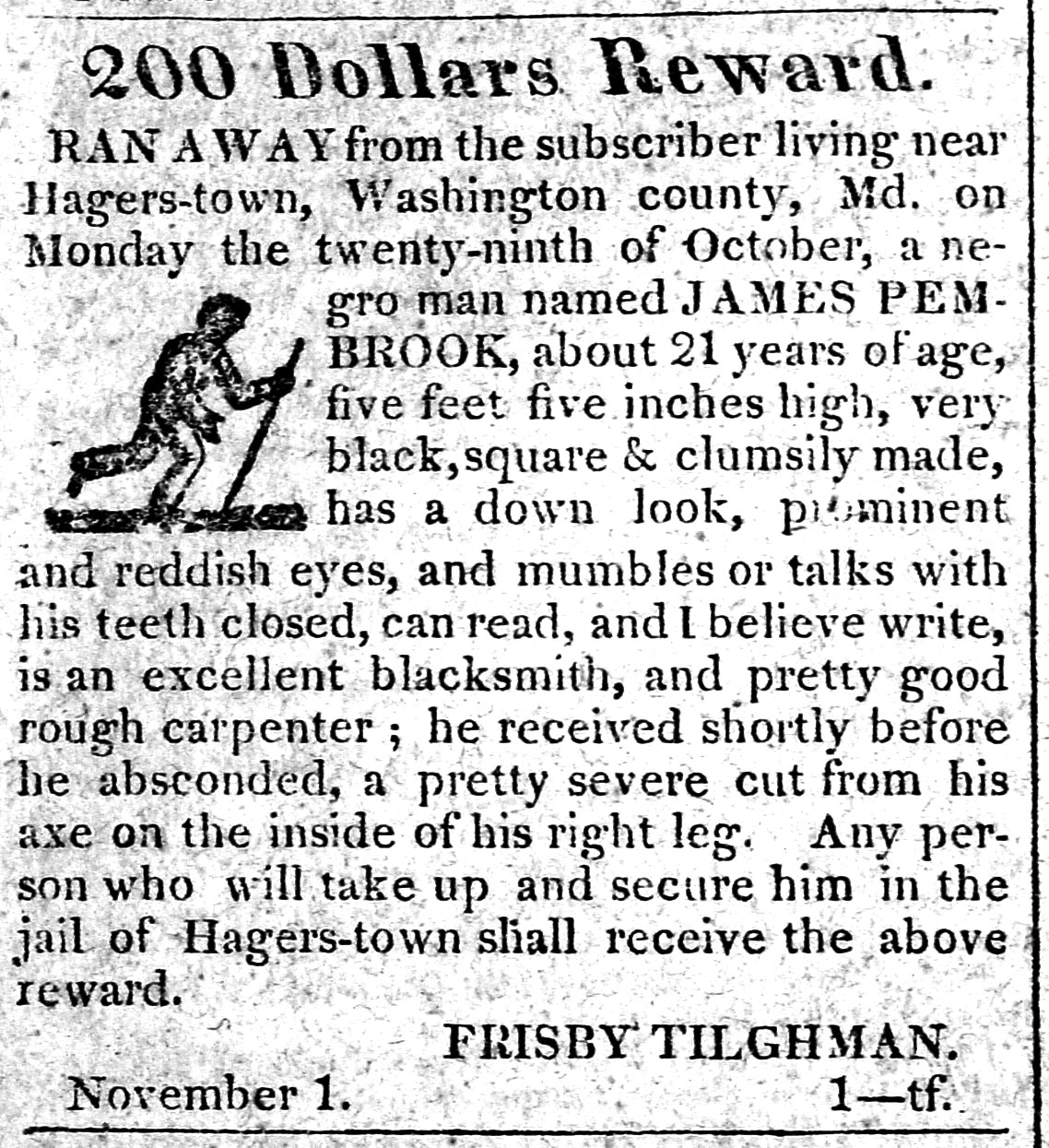![[ Random Image ]](/images/interior-banners/random/image_2.jpg)

From the earliest days of the 18th century, the abolitionists’ efforts in Maryland made significant contributions to abolishing slavery and establishing a forever free African– American community.
Day 1
Begin your historical journey at Harpers Ferry National Park, located at the confluence of the Potomac and Shenandoah Rivers. Step back in time with living historians and hear the heroine story of abolitionist John Brown and the attack he led to overtake the Federal Arsenal at Harpers Ferry. John Brown’s Raid at Harpers Ferry is considered to be a pivotal moment of action against the slavery network.
Visit the National Historic Landmark, the John Brown Raid Headquarters, where John Brown prepared for his raid on Harpers Ferry living under the alias Isaac Smith, a cattleman from New York. Private tours of the Kennedy Farm for groups of ten or more can be arranged by appointment, minimum donation required: www.johnbrown.org/contact/
Arrange for a private luncheon at Old South Mountain Inn. This historic property was overtaken and held overnight as a by Brown’s followers. Deposits and minimums required. For additional group dining options, go to visithagerstown.com/groups/dining
In the afternoon take a guided tour of Antietam National Battlefield, in Sharpsburg, MD. The Battle of Antietam resulted in the bloodiest day of combat in U.S. History. On September 17, 1862, just over 23,000 soldiers were killed, wounded or missing after twelve hours of battle. The Union tactics at the Battle of Antietam brought the Confederate Army of Northern Virginia's first invasion into the North to an end; this provided Abraham Lincoln with the confidence to issue the preliminary Emancipation Proclamation.
Start your day overlooking the Potomac River at the National Park Service Site, Ferry Hill Plantation. The Plantation has an interesting history—the property employed free laborers in the early 1800s. The family which occupied the house during the mid-1800s was held under house arrest during most of the Civil War due to the suspicion of treason and the land was also occupied by Confederate troops.
Arrange for a private tour of Tolson’s Chapel in Sharpsburg, MD. This historic church is a powerful symbol of the outcome of the Battle of Antietam and the Emancipation Proclamation.
Afterward, travel to Baltimore, MD to visit the Frederick Douglass-Isaac Myers Maritime Park. Stop in Frederick, MD for the lunch in the 53 block historic downtown.
Continue your journey across the bay to Church Creek, MD, the birthplace of Harriet Tubman and now home to the Harriet Tubman Underground Railroad National Historical Park, opening to the public March 11, 2017. Learn about the challenges and the
great success of Harriet Tubman, our nation’s most influential woman in establishing a forever free nation.